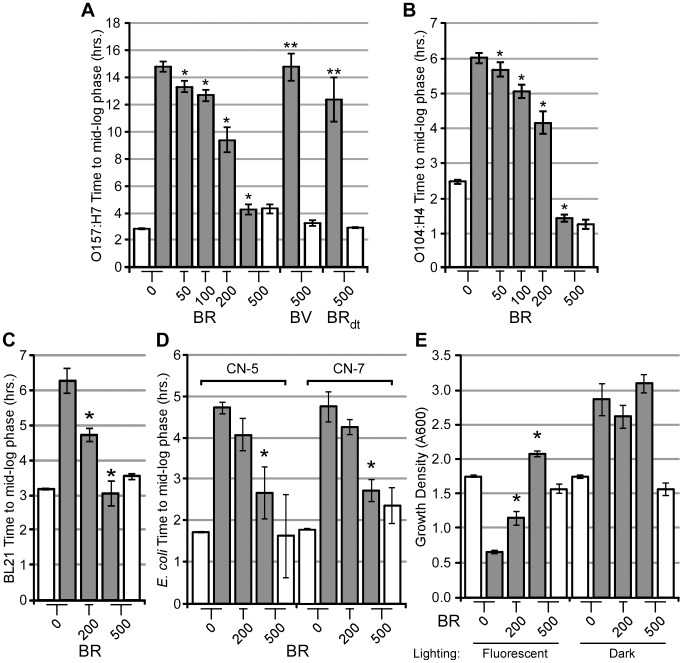Figure 2. Bilirubin diminishes ROS-induced growth inhibition.
EHEC O157:H7 (EDL933) (A), EAEC O104:H4 (B), or E. coli BL21 (C) cultures were supplemented with plumbagin (50 µM, grey bars) or without plumbagin (white bars) in the presence or absence of bilirubin (BR), biliverdin (BV), or bilirubin ditaurate (BRdt). (D) Commensal E. coli strains CN-5 and CN-7 were supplemented with plumbagin (75 µM, grey bars) or without plumbagin (white bars) in the presence or absence of bilirubin (BR). (E) EHEC strain 86-24 was supplemented with Rose Bengal (750 µM, grey bars) or solvent (white bars) with or without bilirubin (200 or 500 µM) and exposed to fluorescent lighting or contained in a dark box for 12 to 14 hours. Terminal culture growth density was quantified by measuring the absorbance at 600 nm. Error bars represent ± one standard deviation, n = 3, and (*) denotes a significant (P≤0.05) difference while (**) denotes a non-significant difference (P>0.05) between treated samples and solvent-treated samples.

